Pioneering modernist Henry Kulka's life and career tracked in limited-edition monograph
Czech-New Zealand architect Henry Kulka, a man who spread modernist ideals halfway around the world, is celebrated in Giles Reid and Mary Gaudin’s richly illustrated monograph

The story of Henry Kulka unfolds in the 1930s and 1940s, when a global diaspora of architectural talent spread out from Europe across the world, taking with it the ethos and aspirations of socially motivated modernism. While the impact of these architectural émigrés on the culture of the UK and the USA is well documented, many went further afield and are far less familiar. A new monograph is the go-to architecture book for Kulka's journey.

Henry Kulka, by Giles Reid and Mary Gaudin

Khuner House, 1929, by Henry Kulka with Adolf Loos
The life and work of architect Henry Kulka
The Moravian-born Jewish architect worked alongside one of the titans of proto-modernist thought, Adolf Loos, eventually becoming his practice partner and collaborator. Kulka was one of the driving forces in Loos’ practice, along with his wife, who was the practice manager.

Halberstam House, Henry Kulka
As well as working on the Raumplan Villa for the dancer Josephine Baker, he was almost wholly responsible for the design of the 1929 Khuner house in Austria. Loos died in 1933 and after a few more significant works like the 1934 Villa Kantor, Kulka eventually had to flee persecution in the late 1930s.

Khuner House, 1929, by Henry Kulka with Adolf Loos
He eventually ended up in New Zealand, where he began a new chapter, adapting his rigorous architecture to the local climate and conditions. Kulka’s craftsmanship is evident in all his works. He was especially focused on wooden interiors and furniture, with built-in cabinetry and panelling, giving a unified interior composition for every room.
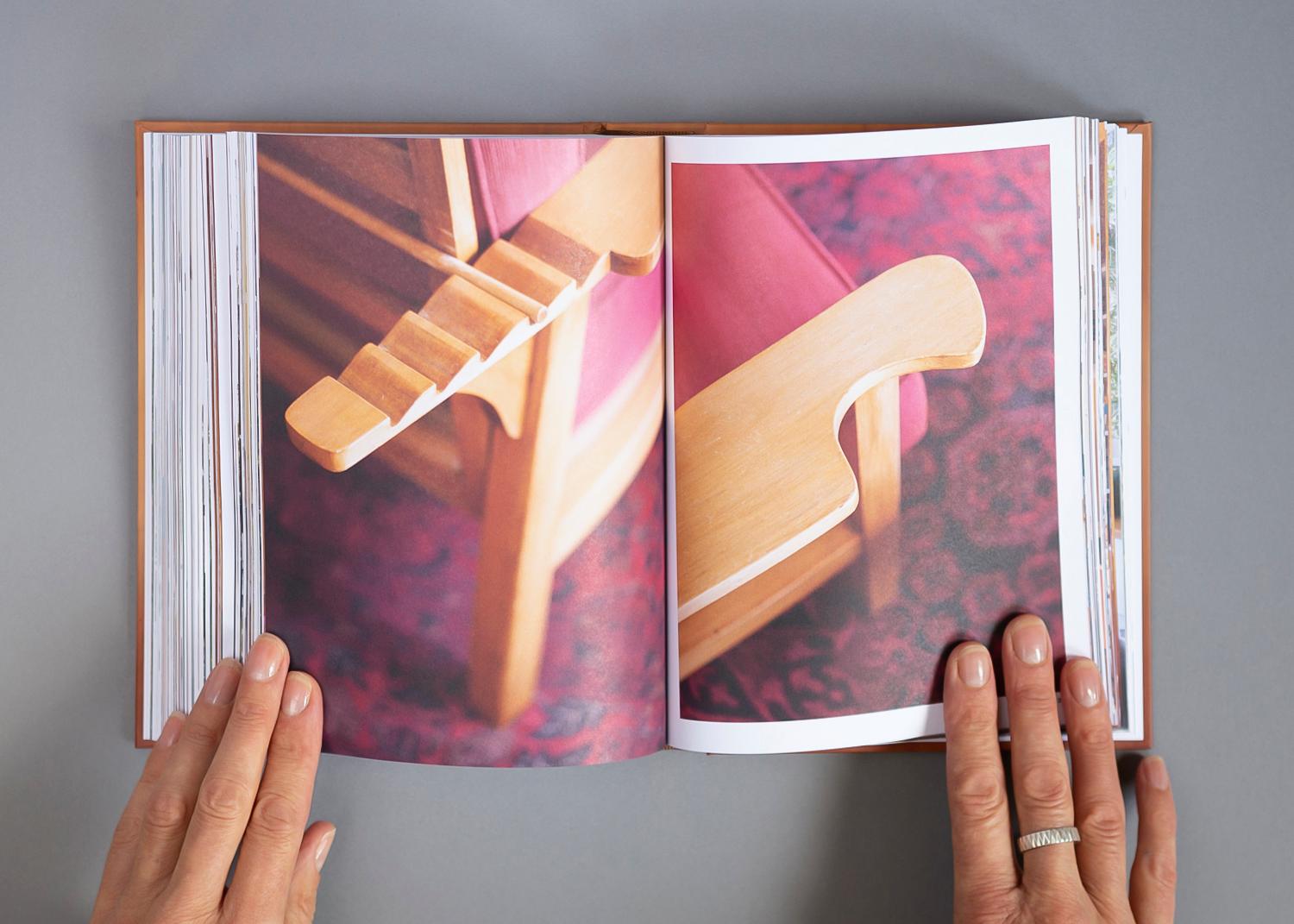
Halberstam House by Henry Kulka
With images by Mary Gaudin, a New Zealand photographer living in France, and words by Giles Reid, a New Zealand architect living in England, Henry Kulka builds up a vivid picture of a methodical and rigorous architect who nonetheless imbued his work with warmth and richness. Kulka died in 1971 and, remarkably, Gaudin and Reid’s 400-page monograph is the first book to be devoted to his work.
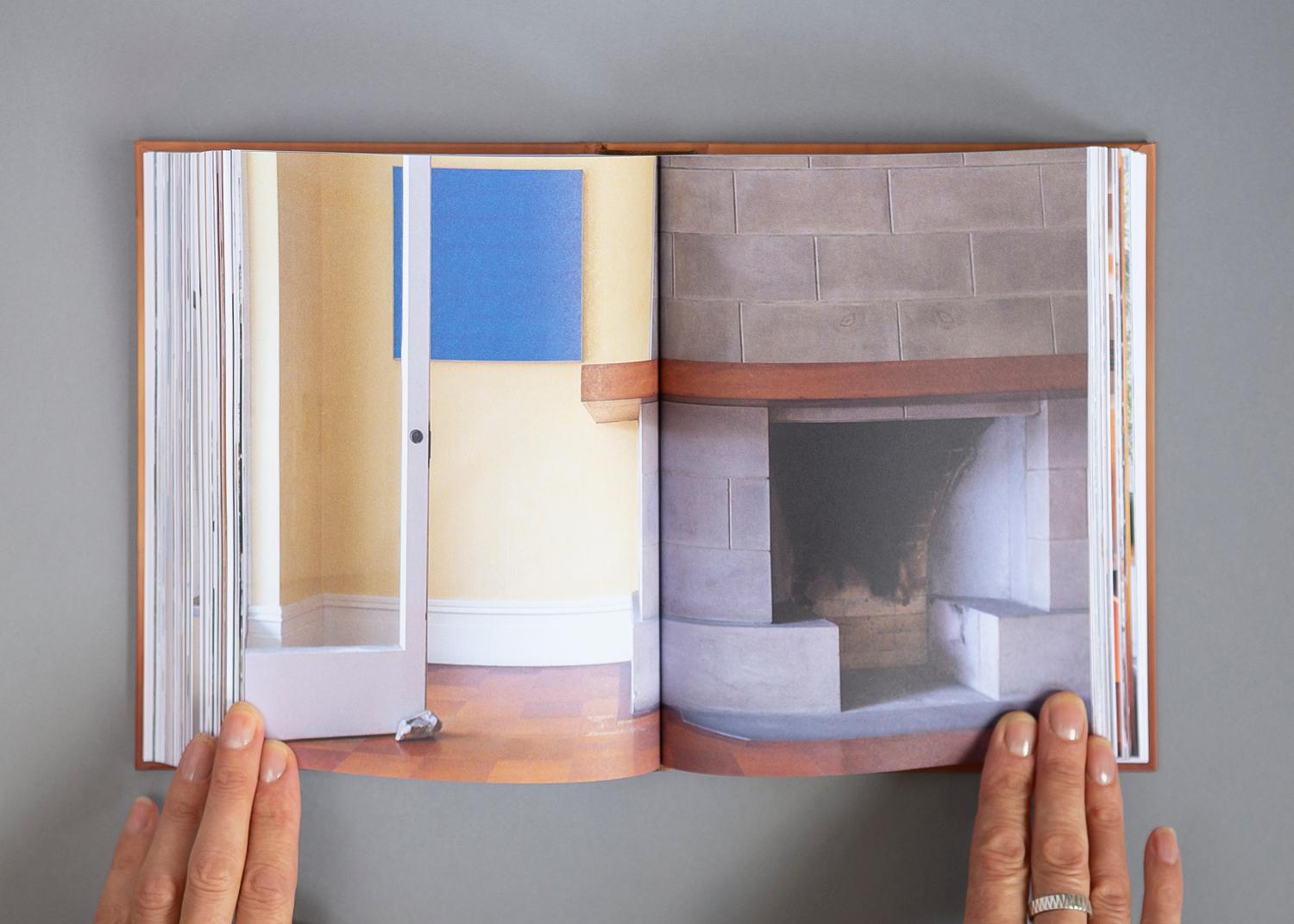
Penrose House, Henry Kulka
Henry Kulka, Giles Reid & Mary Gaudin, €52
Receive our daily digest of inspiration, escapism and design stories from around the world direct to your inbox.
Jonathan Bell has written for Wallpaper* magazine since 1999, covering everything from architecture and transport design to books, tech and graphic design. He is now the magazine’s Transport and Technology Editor. Jonathan has written and edited 15 books, including Concept Car Design, 21st Century House, and The New Modern House. He is also the host of Wallpaper’s first podcast.
-
 Three new smartwatches showcase new frontiers in affordable timepiece design
Three new smartwatches showcase new frontiers in affordable timepiece designLong may you run: smartwatches from Withit, Kospet and OnePlus favour function and value above all else, demonstrating just how much the smartwatch has evolved in recent years
-
 Debuts, dandies, Demi Moore: 25 fashion moments that defined 2025 in style
Debuts, dandies, Demi Moore: 25 fashion moments that defined 2025 in style2025 was a watershed year in fashion. As selected by the Wallpaper* style team, here are the 25 moments that defined the zeitgeist
-
 The RIBA Asia Pacific Awards reward impactful, mindful architecture – here are the winners
The RIBA Asia Pacific Awards reward impactful, mindful architecture – here are the winnersThe 2025 RIBA Asia Pacific Awards mark the accolade’s first year – and span from sustainable mixed-use towers to masterplanning and housing
-
 David Kohn’s first book, ‘Stages’, is unpredictable, experimental and informative
David Kohn’s first book, ‘Stages’, is unpredictable, experimental and informativeThe first book on David Kohn Architects focuses on the work of the award-winning London-based practice; ‘Stages’ is an innovative monograph in 12 parts
-
 Explore Tom Kundig’s unusual houses, from studios on wheels to cabins slotted into boulders
Explore Tom Kundig’s unusual houses, from studios on wheels to cabins slotted into bouldersThe American architect’s entire residential portfolio is the subject of a comprehensive new book, ‘Tom Kundig: Complete Houses’
-
 A new photo book explores the symbolic beauty of the Japanese garden
A new photo book explores the symbolic beauty of the Japanese garden‘Modern Japanese Gardens’ from Thames & Hudson traces the 20th-century evolution of these serene spaces, where every element has a purpose
-
 Modernist Travel Guide: a handy companion to explore modernism across the globe
Modernist Travel Guide: a handy companion to explore modernism across the globe‘Modernist Travel Guide’, a handy new pocket-sized book for travel lovers and modernist architecture fans, comes courtesy of Wallpaper* contributor Adam Štěch and his passion for modernism
-
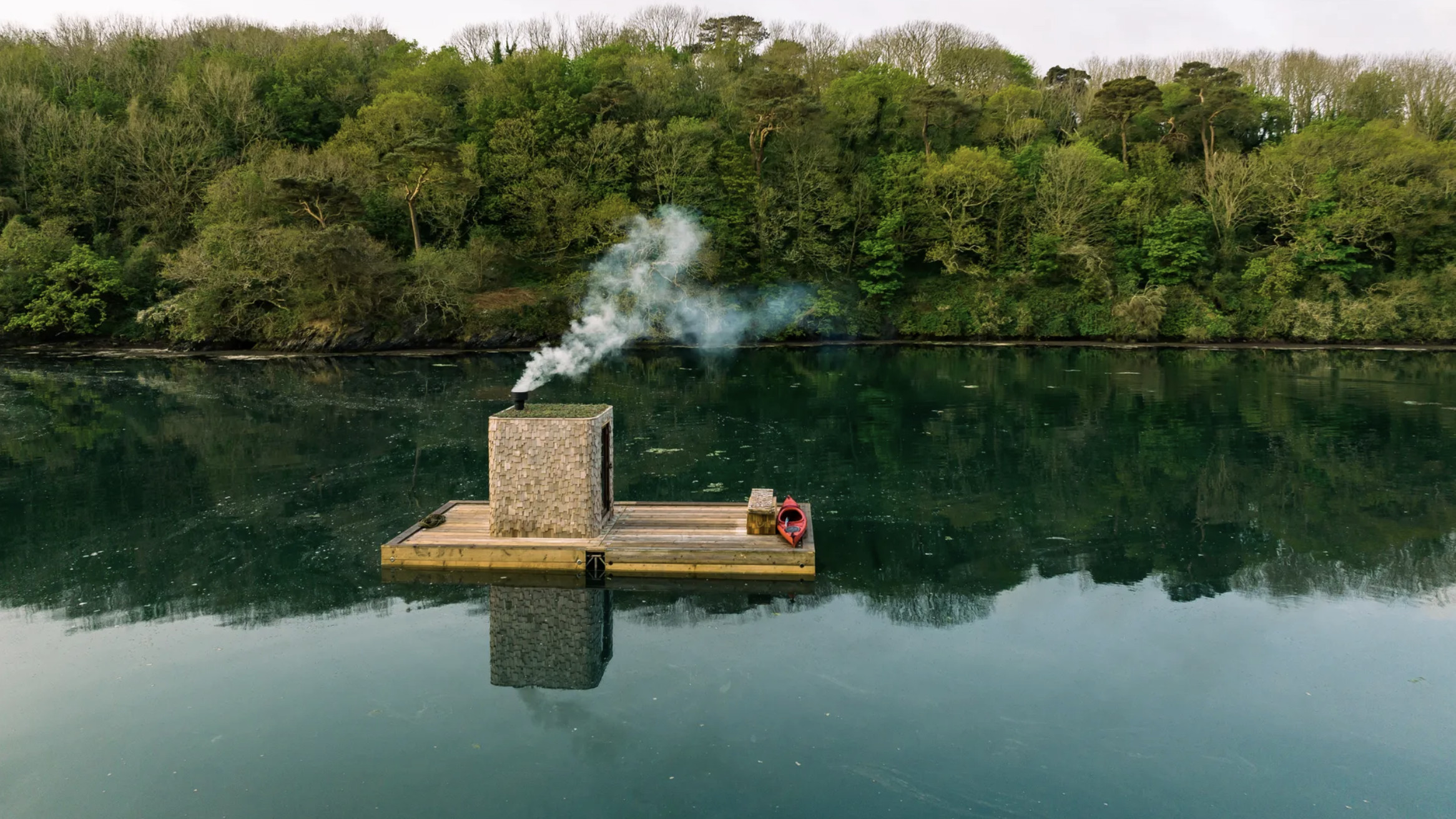 Wild sauna, anyone? The ultimate guide to exploring deep heat in the UK outdoors
Wild sauna, anyone? The ultimate guide to exploring deep heat in the UK outdoors‘Wild Sauna’, a new book exploring the finest outdoor establishments for the ultimate deep-heat experience in the UK, has hit the shelves; we find out more about the growing trend
-
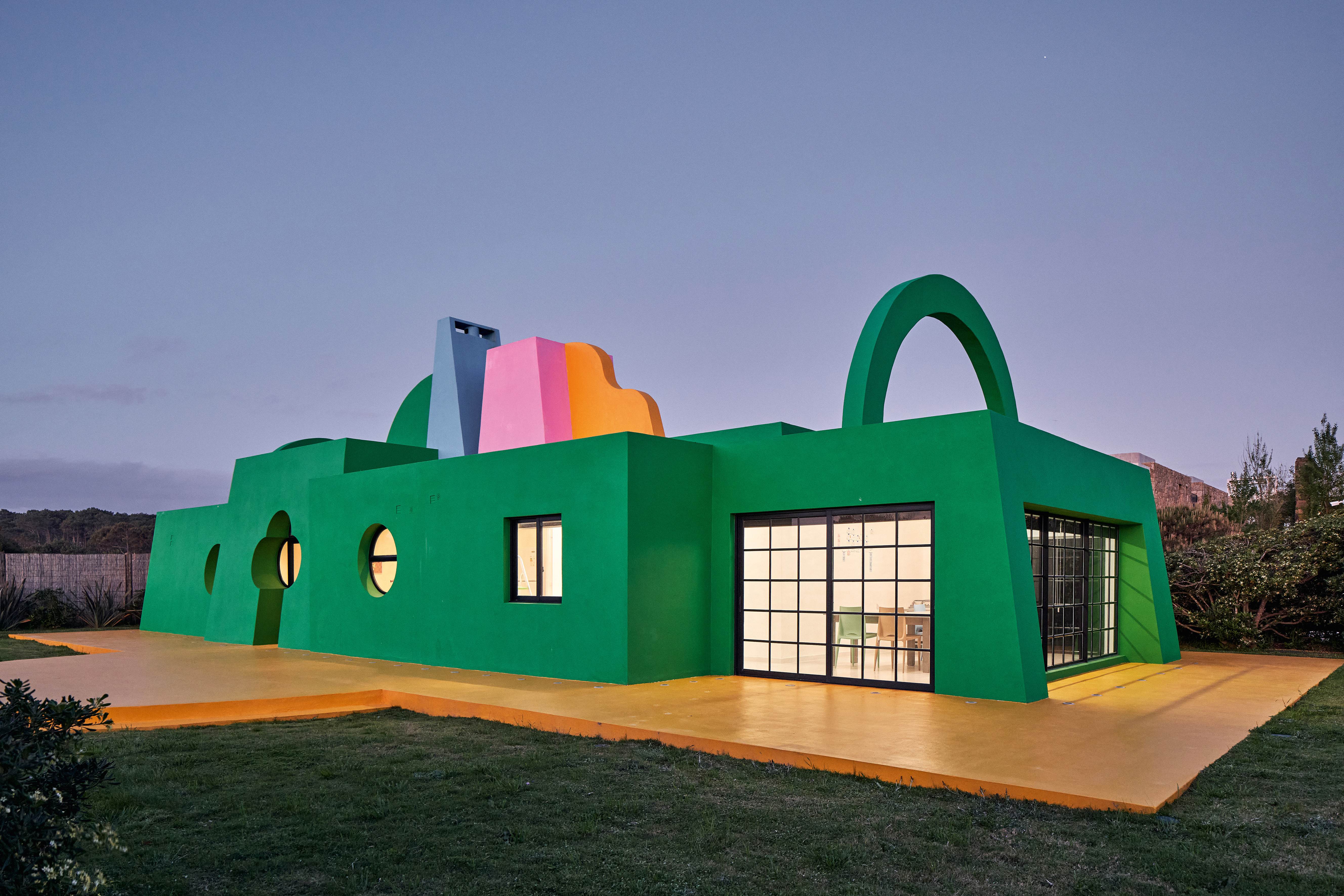 Ten contemporary homes that are pushing the boundaries of architecture
Ten contemporary homes that are pushing the boundaries of architectureA new book detailing 59 visually intriguing and technologically impressive contemporary houses shines a light on how architecture is evolving
-
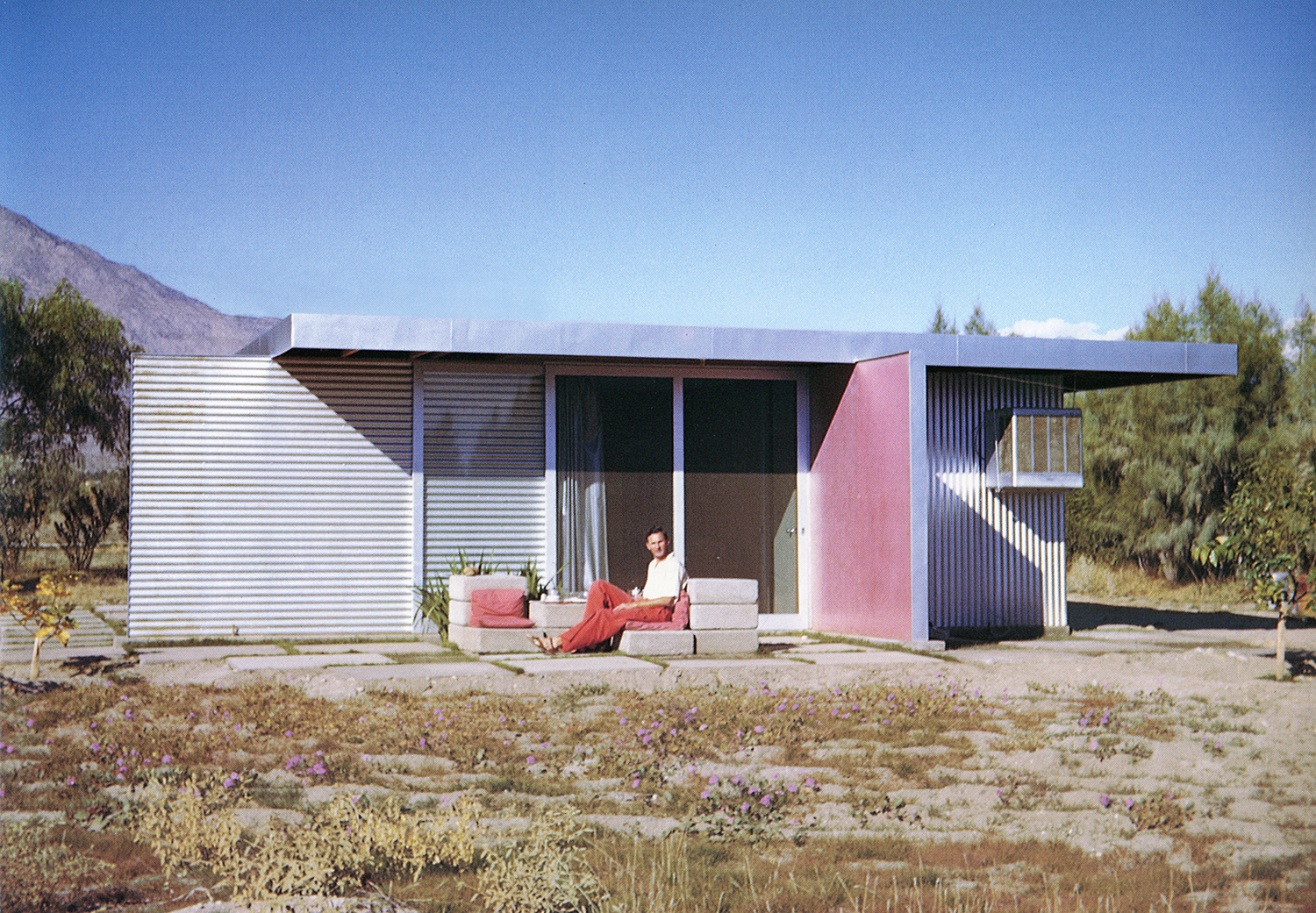 Take a deep dive into The Palm Springs School ahead of the region’s Modernism Week
Take a deep dive into The Palm Springs School ahead of the region’s Modernism WeekNew book ‘The Palm Springs School: Desert Modernism 1934-1975’ is the ultimate guide to exploring the midcentury gems of California, during Palm Springs Modernism Week 2025 and beyond
-
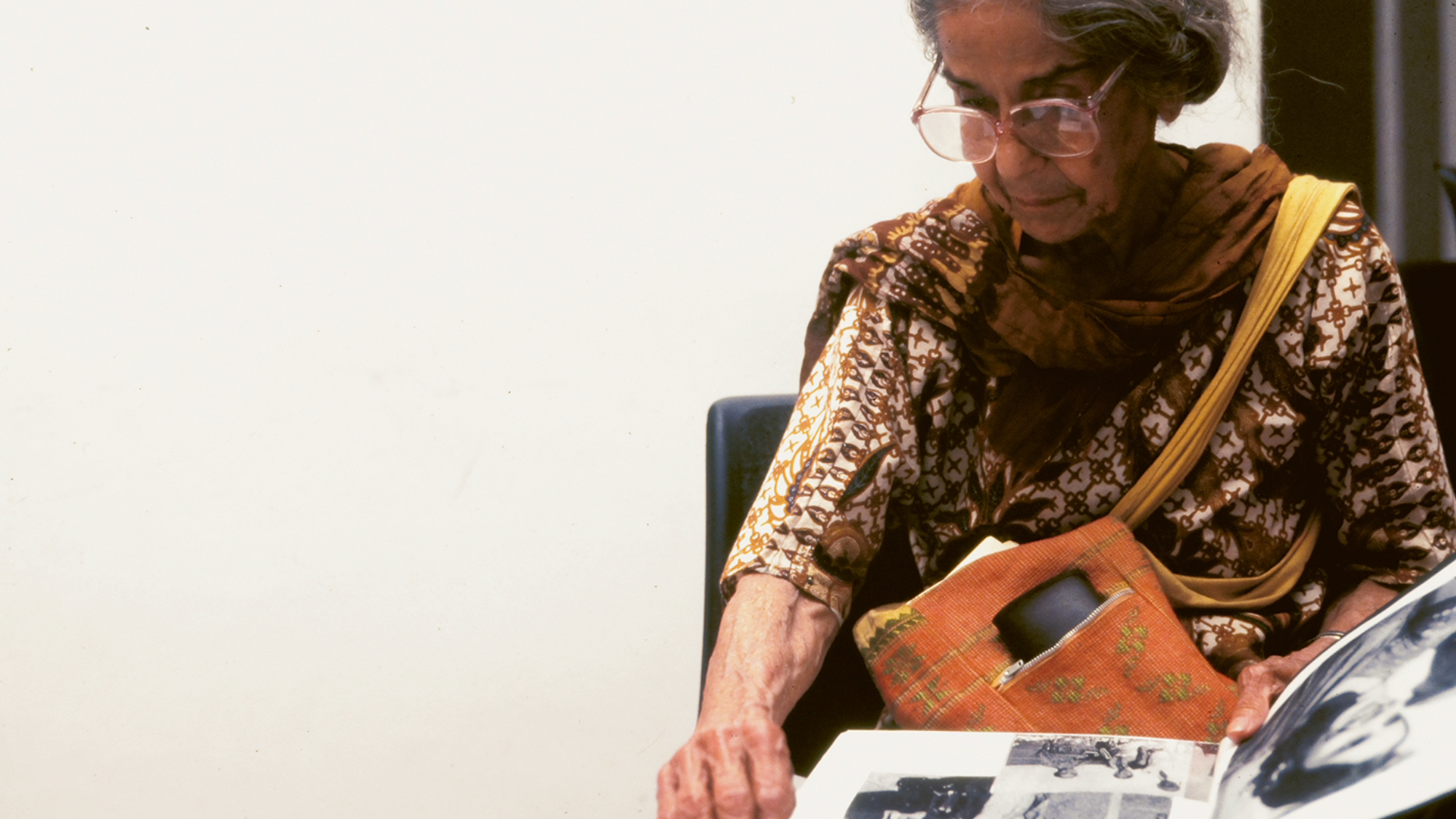 Meet Minnette de Silva, the trailblazing Sri Lankan modernist architect
Meet Minnette de Silva, the trailblazing Sri Lankan modernist architectSri Lankan architect Minnette de Silva is celebrated in a new book by author Anooradha Iyer Siddiq, who looks into the modernist's work at the intersection of ecology, heritage and craftsmanship